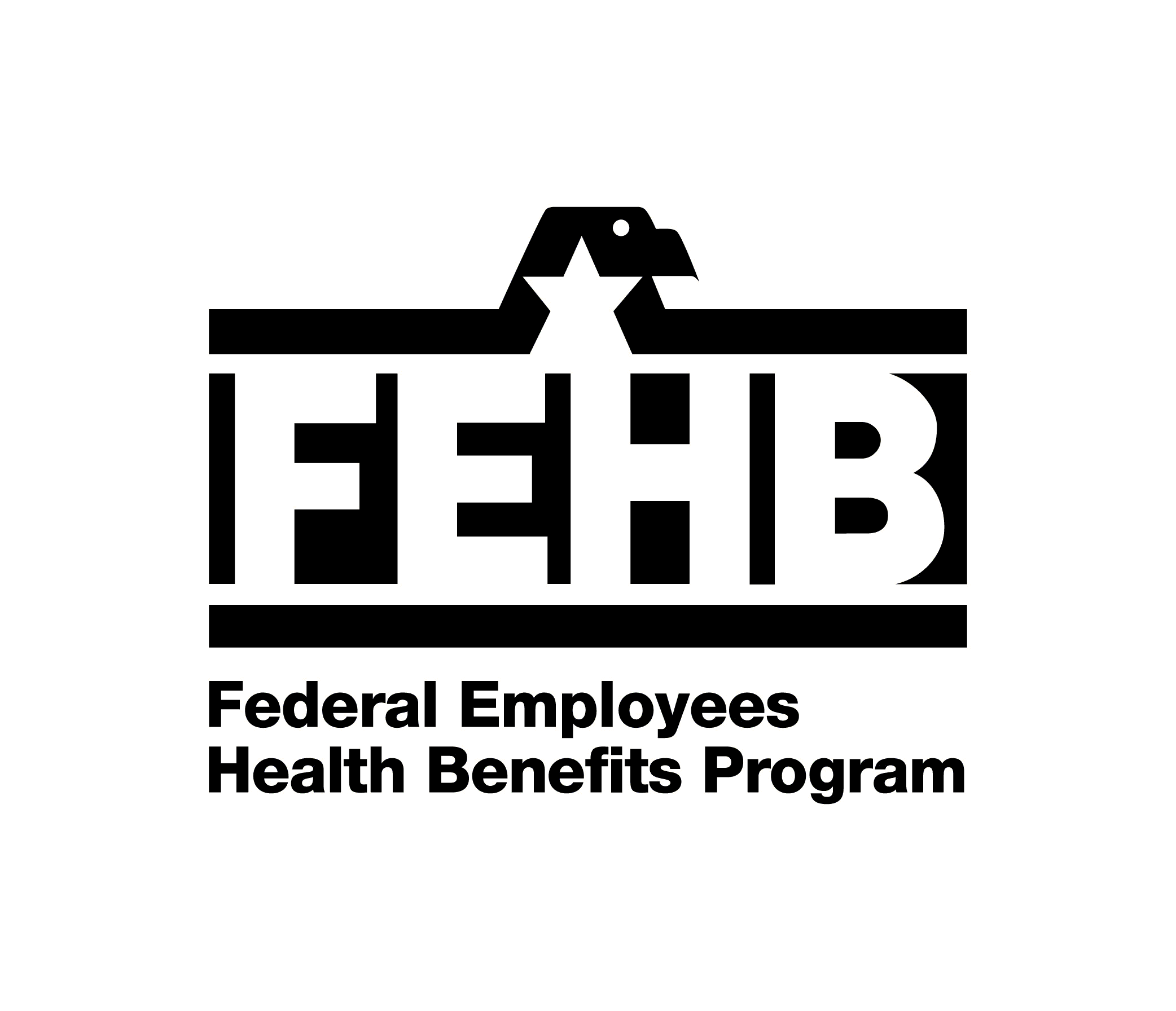Your medical and claims records are confidential
We will keep your medical and claims records confidential. Please note that we may disclose your medical and claims information (including your prescription drug utilization) to any of your treating physicians or dispensing pharmacies.
Your rights and responsibilites
OPM requires that all FEHB Plans provide certain information to their FEHB members. You may get information about us, our networks, providers, and facilities. OPM’s FEHB website (www.opm.gov/insure) lists the specific types of information that we must make available to you. Some of the required information is listed below.
- More than 20 years' experience
- A not-for-profit HMO
- Compliant with federal and state licensing requirements
You are also entitled to a wide range of consumer protections and have specific responsibilities as a member of this Plan. You can view the complete list of these rights and responsibilities by visiting our website, at TheHealthPlan.com to obtain our Notice of Privacy Practices. You can also contact us to request that we mail you a copy of that Notice.
If you want more information about us, call 844-863-6850, or write to Geisinger Health Plan, Customer Services, 100 North Academy Avenue, Danville, PA 17822-3229. You may also contact us by fax at 570-271-5871 or visit our website at TheHealthPlan.com.
By law, you have the right to access your protected health information (PHI). For more information regarding access to PHI, visit our website at TheHealthPlan.com to obtain a copy of our Notice of Privacy Practices. You can also contact us to request that we mail you a copy of that Notice.
Service Area
To enroll in this Plan, you must live or work in our service area. This is where our providers practice.
Our service area includes the following Pennsylvania counties: Adams, Berks, Blair, Bradford, Cambria, Cameron, Carbon, Centre, Clearfield, Clinton, Columbia, Cumberland, Dauphin, Fulton, Huntingdon, Jefferson, Juniata, Lackawanna, Lancaster, Lebanon, Lehigh, Luzerne, Lycoming, Mifflin, Monroe, Montour, Northampton, Northumberland, Perry, Pike, Potter, Schuylkill, Snyder, Somerset, Sullivan, Susquehanna, Tioga, Union, Wayne, Wyoming, York and portions of Bedford and Elk as denoted by the zip codes below:
Bedford: 15521, 15554, 16633, 16650, 16655, 16659, 16664, 16667, 16670, 16672, 16678, 16679 and 16695.
Elk: 15821, 15822, 15823, 15827, 15831, 15841, 15846, 15860 and 15868.
Ordinarily, you must get your care from providers who contract with us. If you receive care outside our service area, we will pay only for emergency care benefits. We will not pay for any other healthcare services out of our service area unless the services have prior plan approval.
If you or a covered family member move outside of our service area, you can enroll in another plan. If your dependents live out of the area (for example, if your child goes to college in another state), you should consider enrolling in a fee-for-service plan or an HMO that has agreements with affiliates in other areas. If you or a family member move, you do not have to wait until Open Season to change plans. Contact your employing or retirement office.

